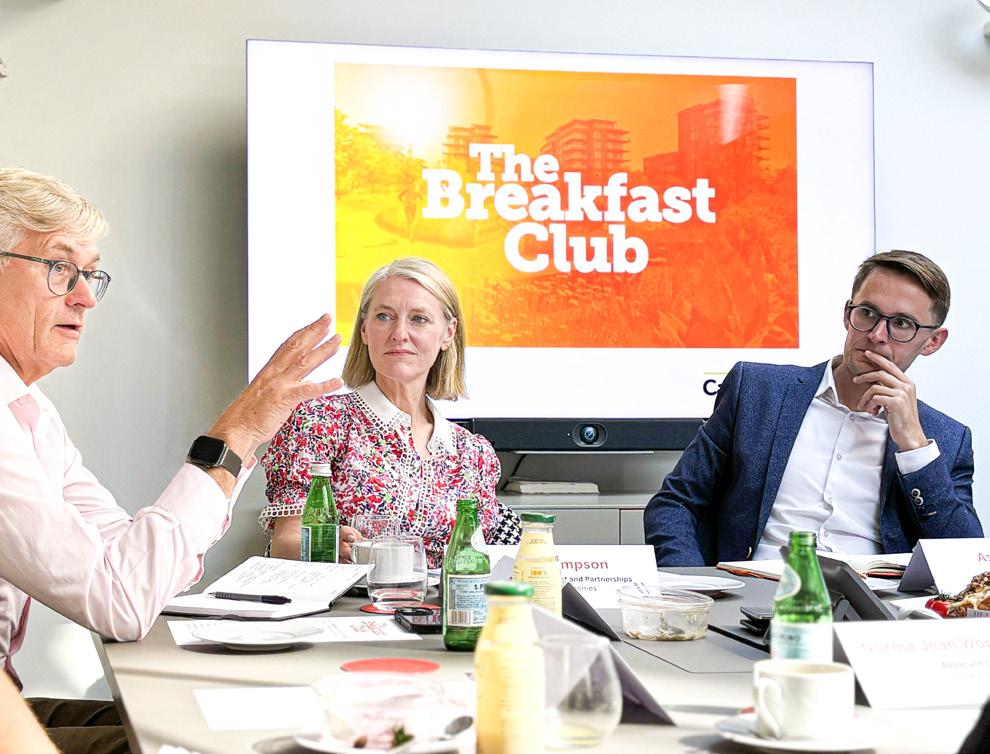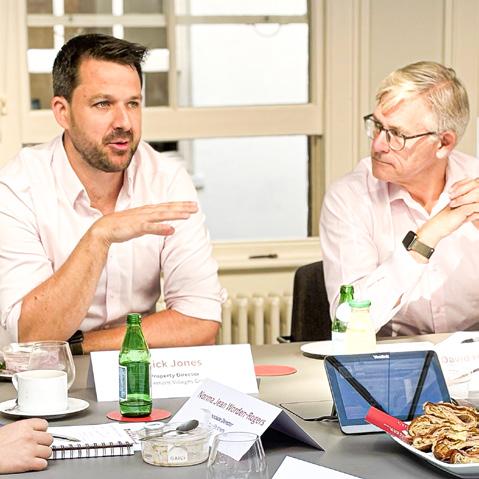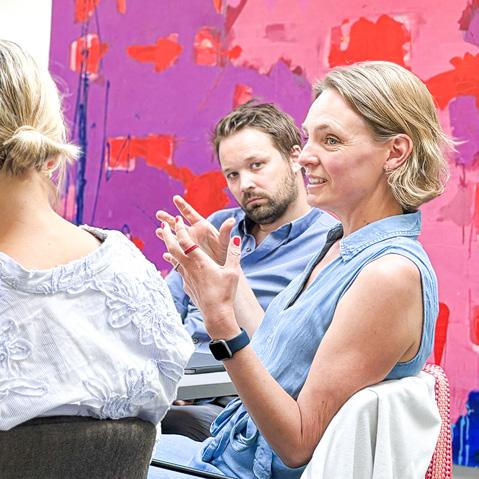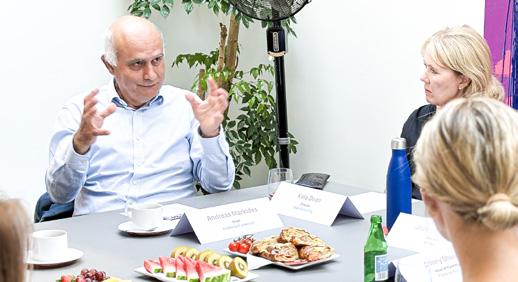










There’s no question – the public and private sector need to work together.
What’s important now is to focus on the ‘how’. As partnership models are debated, there are essential elements to get right –a consistent vision with collective buy-in, an understanding of the long-term nature of regeneration and an ability from both sides to take on risk. Investors need confidence that ambitions will be delivered on.
Joined-up thinking from local government is key. As more mayoral combined authorities are given powers and funding to deliver regeneration, they will have a role to play in joining up priorities across regions and attracting investment from the private sector.
Sustainable transport is essential – but it’s not as simple as cutting out cars.
Quality regeneration schemes are well-connected, with properly planned and delivered infrastructure as their foundation.
When taking decisions about transport investment to enable regeneration, we must consider the benefits beyond housing including public health, wellbeing and employment.
Active travel should be encouraged and embedded in schemes, with thought given at an early stage to walking and cycling. But we often can’t cut out cars altogether. When doing so, we risk ostracising those that depend on car usage for work, potentially reducing the diversity of communities living in regeneration areas.
In many ways, the planning system risks becoming more burdensome and overly focused on detail. Longterm regeneration requires flexibility so schemes can evolve as they are delivered in keeping with the needs of growing communities.
Unlocking urban regeneration sites is complex. Creating an attractive environment for investors, building a stable political framework and considering macro-level issues such as tax all also need to be considered to help get spades in the ground.
Equally important is wider infrastructure including power and water. We need a consistent focus on delivery of this infrastructure alongside reform of planning to accelerate development.
Creating great places where people can live fulfilling lives should be the purpose of urban regeneration –and that goes beyond just platitudes.
It’s about deep, early engagement with existing communities, embedding high-quality, sustainable design principles, and prioritising the long-term stewardship.
We must consider both physical and social design. Driving positive social outcomes should be top of the list – creating opportunities and supporting the health and wellbeing of communities should be embedded from the outset.
There is no ‘one size fits all’ approach.
Different places have different needs – breathing new life into communities means understanding those needs and putting them front and centre.
Regeneration often has an anchor – housing, commercial, leisure – but too often our vision is limited to what has come before.
We should look more closely at the mix of uses we bring forward as part of urban regeneration schemes and consider leading with new green spaces or culture, not always housing.
We also need to create a diverse housing mix, delivering later living, build-to-rent and affordable housing where possible ensure thriving and intergenerational communities.